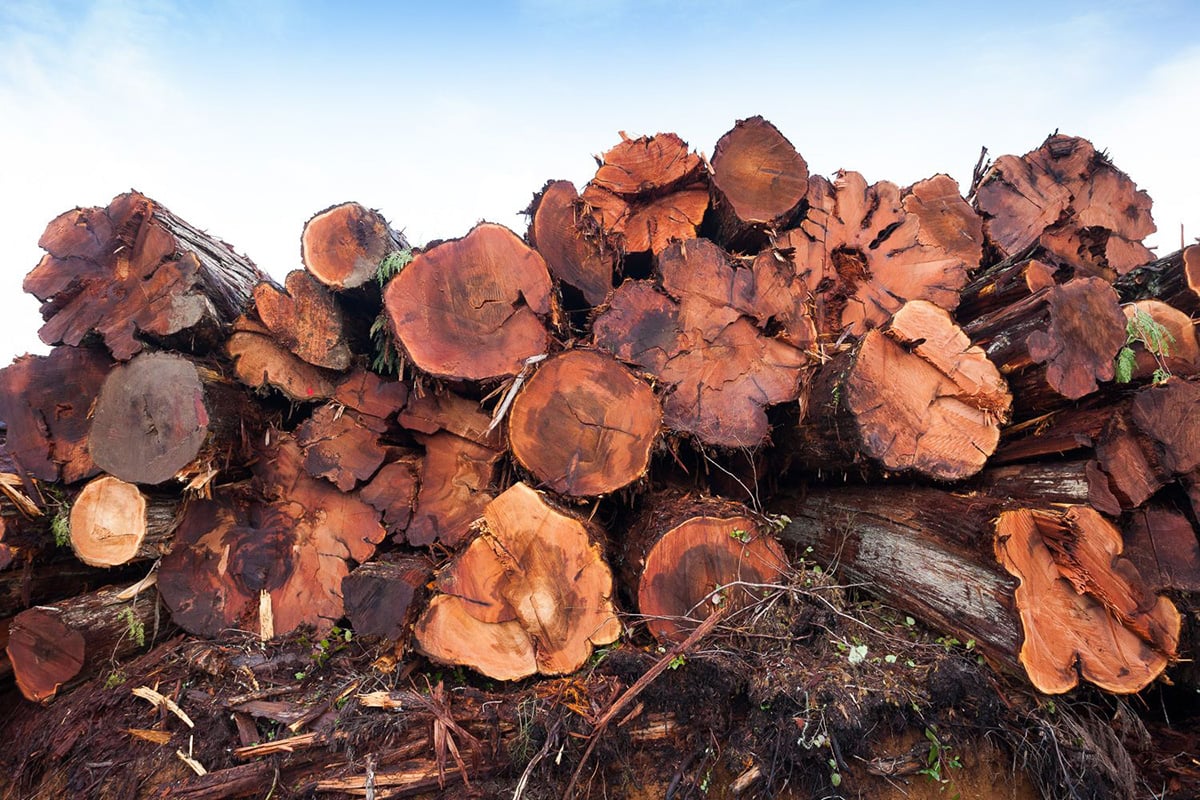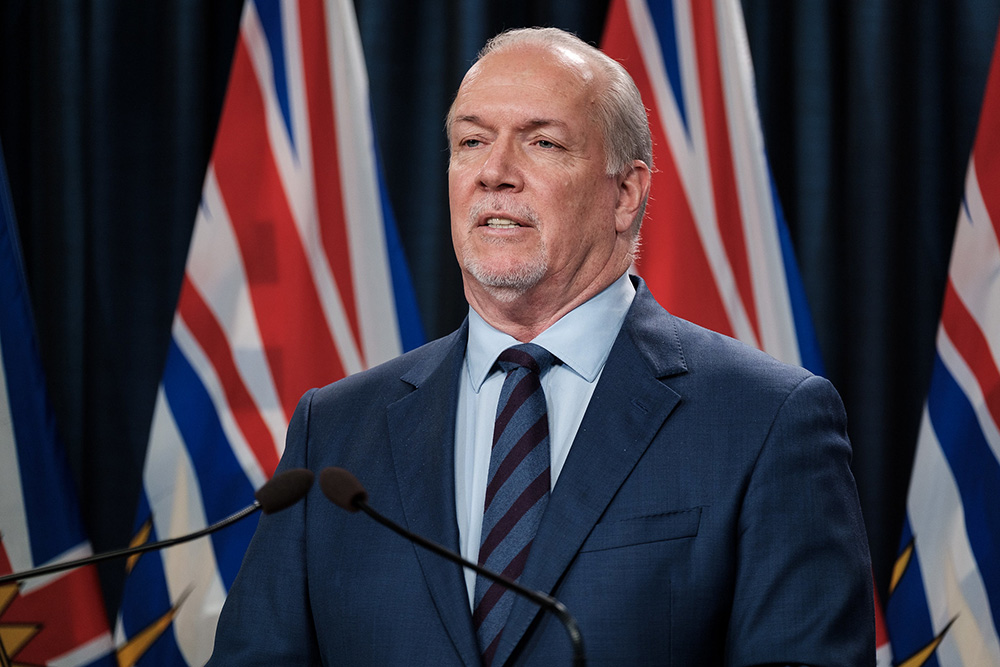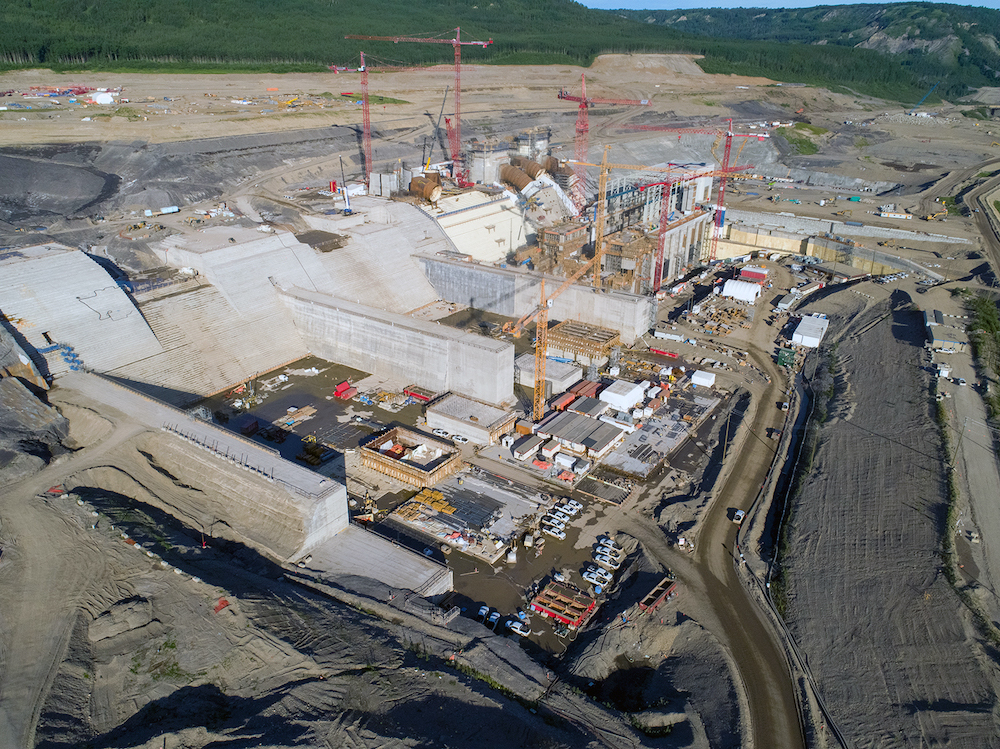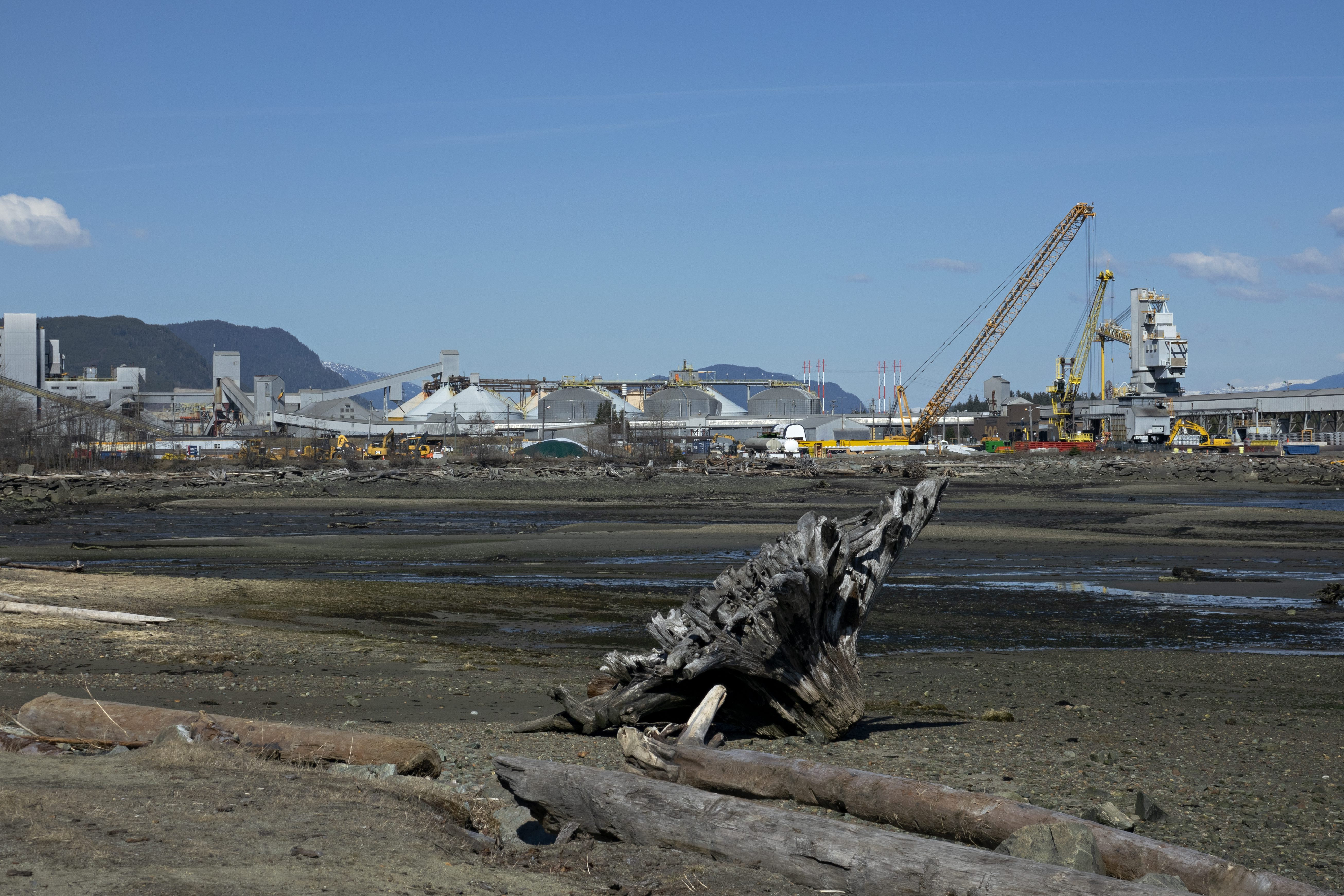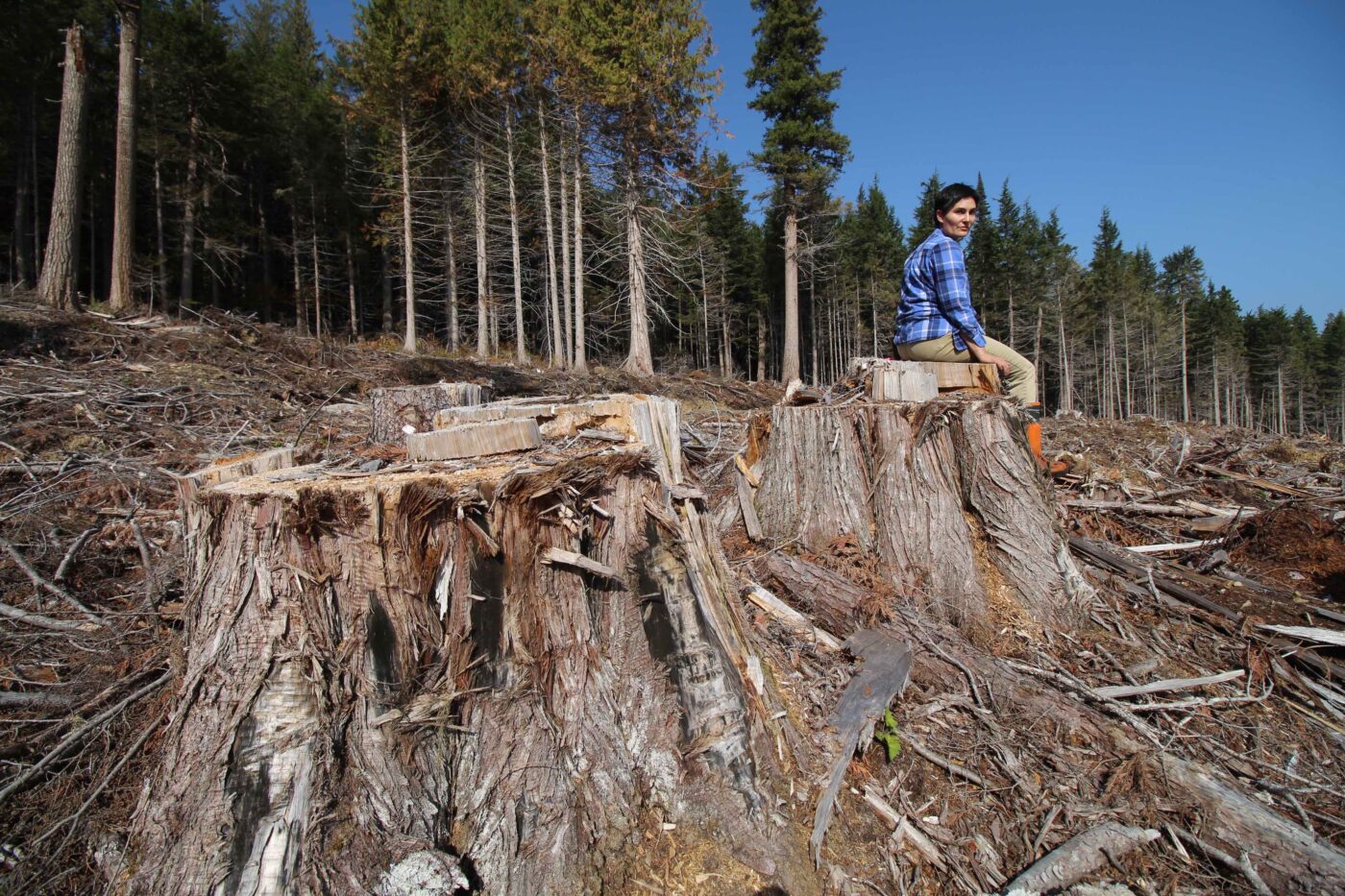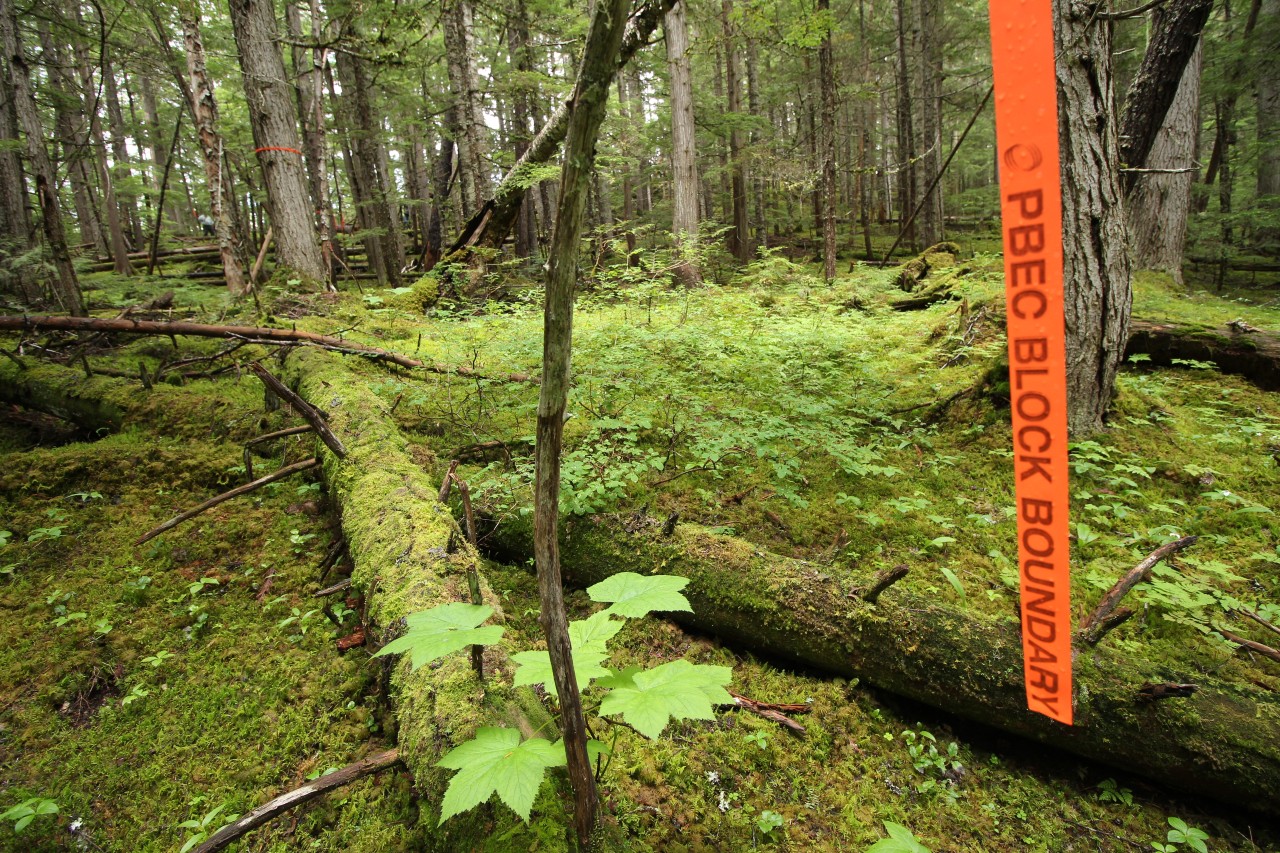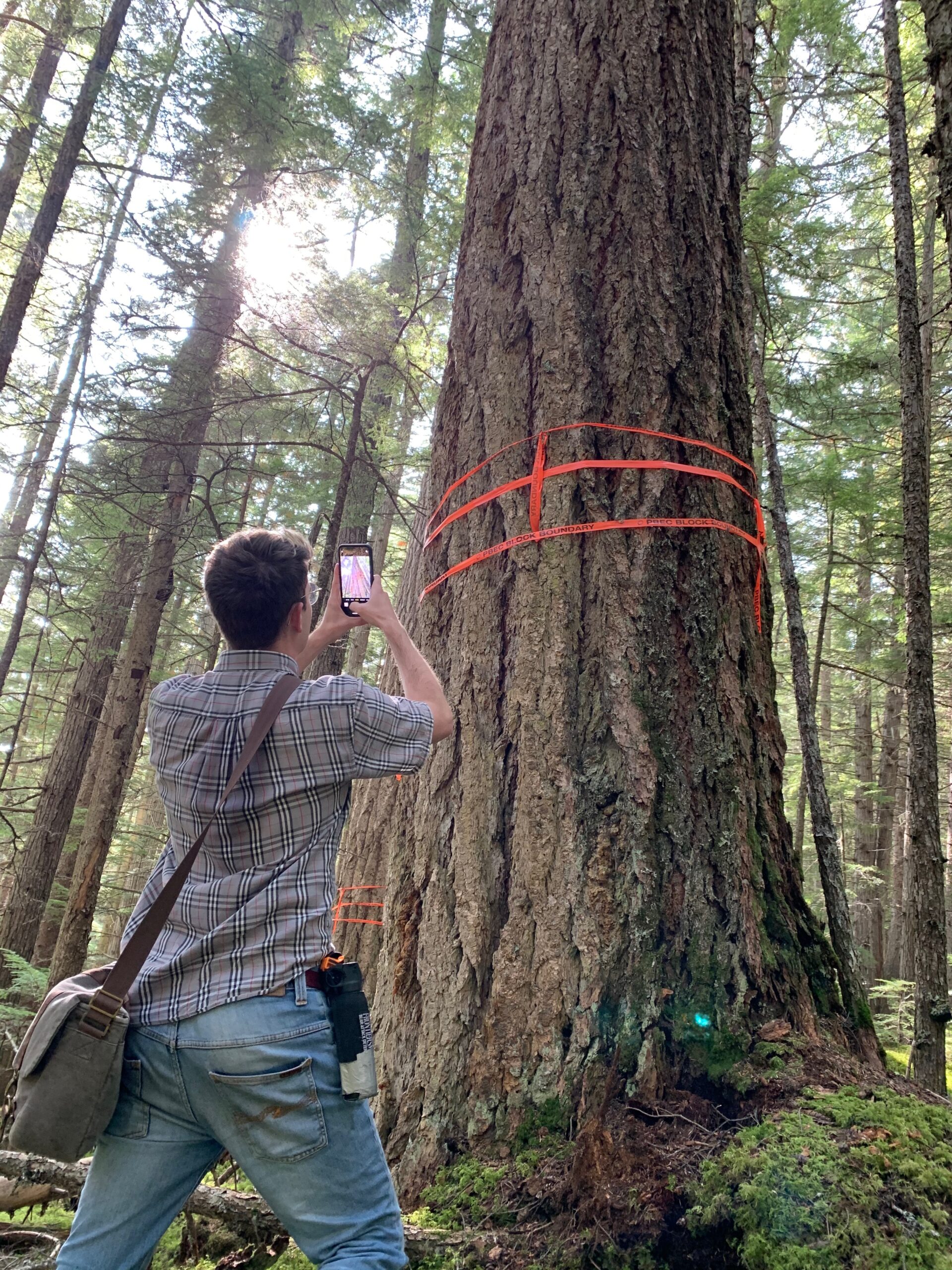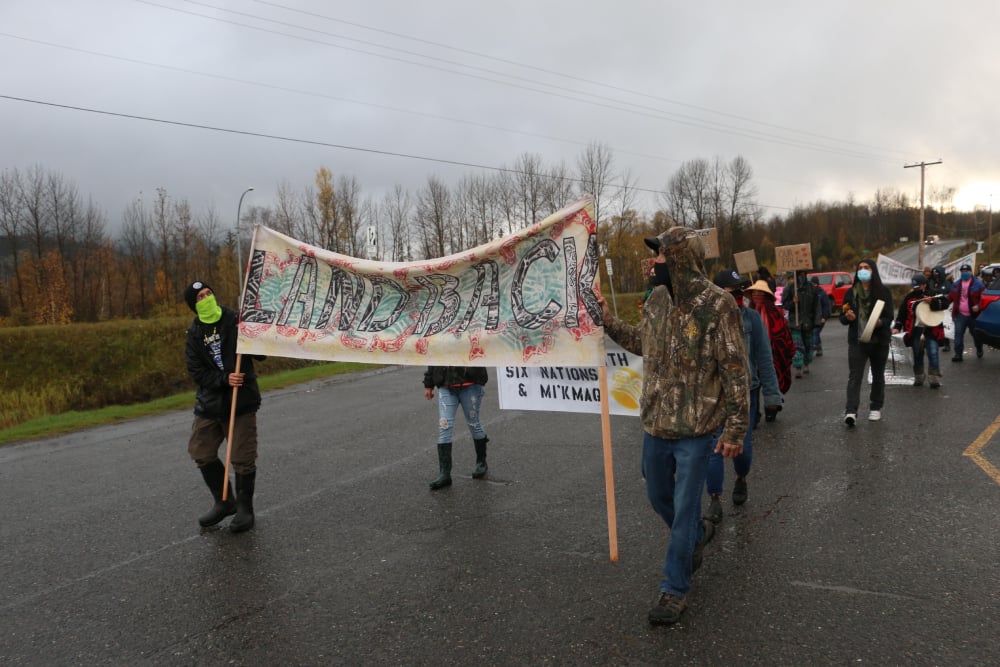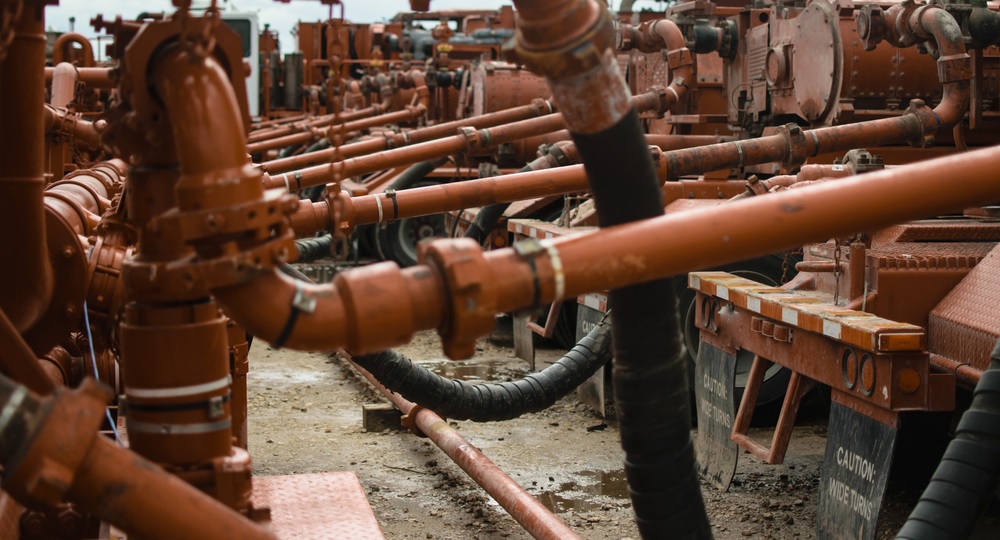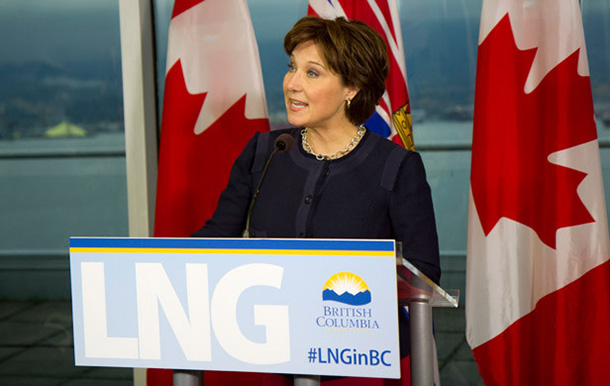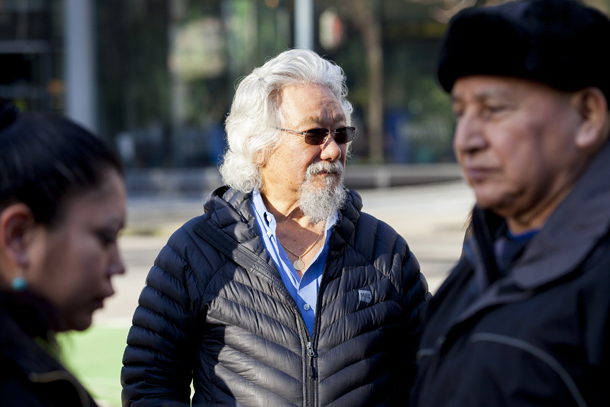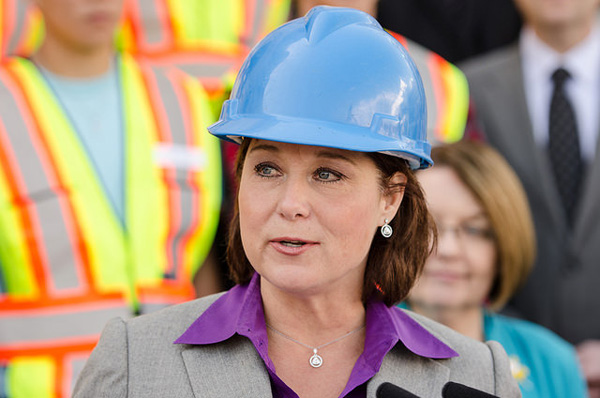New mapping released today by the Wilderness Committee indicates the province approved significantly more old-growth logging over the past 12 months than it did the previous year.
According to the report released today, the province approved logging in 84,669 hectares of old-growth forest over the past year compared with 59,228 hectares the year prior.
Advocates speculate that the 43-per-cent increase could signal the forest industry’s push to secure harvestable timber as the province promises tighter restrictions on old-growth logging.
“The reason we ran the comparison was because I was expecting a little bit of an increase, or at the very least a flatline,” said Torrance Coste, national campaign director with the Wilderness Committee.
Even then, Coste said he found the increase surprising.
He said the decision to map cut-block approvals in old-growth forests was based on hearing concerns about the rate of logging from around the province.
The organization said that based on mapping of publicly available government data in the year leading up to April 30, the old growth approved for logging over the past 12 months is equivalent to an area slightly larger than E.C. Manning Provincial Park.
Coste said several factors could contribute to an increase in old-growth logging permits. An eight-month strike by coastal forestry workers in 2020 and ongoing mill closures and curtailments may have led to a decrease in permits in the prior year.
In addition, he said the recent spike in lumber prices could contribute to an increase in logging.
But he also speculates that the forest industry is preparing for additional restrictions on old-growth logging.
…click on the above link to read the rest of the article…


